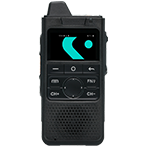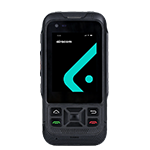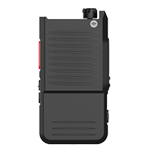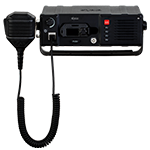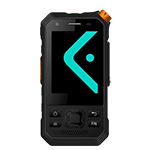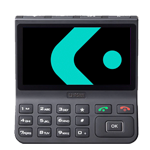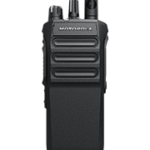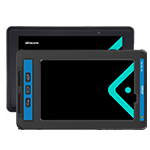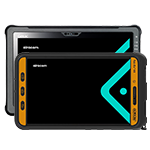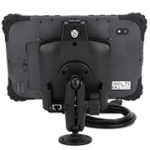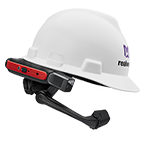ISDN vs SIP
Heading
ISDN and SIP are both communication protocols used for voice and data transmission, but they differ in several ways, including technical aspects, flexibility, and cost.
ISDN (Integrated Services Digital Network) is a legacy communication protocol that uses digital signals to transmit voice and data over a traditional phone line. ISDN is a circuit-switched protocol, which means that it sets up a dedicated connection between two devices for the duration of the communication session. ISDN provides reliable and high-quality voice and data transmission and is still widely used in some countries. ISDN lines offer fixed bandwidth channels that provide guaranteed throughput, which is essential for applications that require a stable connection, such as video conferencing or large file transfers. However, ISDN lines are expensive, inflexible, and require special hardware to connect to a private branch exchange (PBX) or a public switched telephone network (PSTN).
SIP (Session Initiation Protocol), on the other hand, is a modern communication protocol that uses the internet to transmit voice and data. SIP is an IP-based protocol that provides more flexibility than ISDN, as it allows for the integration of multiple communication channels, including voice, video, and messaging, on a single platform. SIP is a packet-switched protocol, which means that it breaks data into small packets and transmits them over the internet. This method of transmission is more efficient than ISDN, as it can handle multiple data streams at the same time. SIP also offers more flexibility in terms of connectivity, as it does not require specialized hardware or fixed channels. Instead, it can be implemented on any device with an internet connection and can easily integrate with other communication systems, such as PBXs, gateways, and softphones. SIP also offers cost savings compared to ISDN, as it uses the existing internet infrastructure and does not require dedicated lines.
In summary, ISDN and SIP are two communication protocols with different technical features and capabilities. While ISDN is a reliable and stable protocol, it is expensive and inflexible compared to SIP. SIP, on the other hand, is a flexible and cost-effective protocol that can handle multiple communication channels and integrate with various communication systems.
ISDN and SIP are two distinct communication protocols with different technical aspects, capabilities, and benefits. ISDN is a traditional circuit-switched protocol that has been widely used for voice and data transmission, whereas SIP is a modern IP-based protocol that uses the internet to transmit voice and data.
ISDN provides a high-quality, dedicated connection between two devices and is known for its reliable and stable voice and data transmission. However, it requires specialized hardware and fixed channels, making it expensive and inflexible. SIP, on the other hand, is a flexible and cost-effective protocol that can handle multiple communication channels and integrate with various communication systems, providing more efficient communication compared to ISDN.
SIP also offers more flexibility in terms of connectivity, as it can be implemented on any device with an internet connection and can easily integrate with other communication systems, such as PBXs, gateways, and softphones. SIP’s packet-switched method of transmission is also more efficient, as it can handle multiple data streams at the same time.
Overall, while both ISDN and SIP are effective communication protocols, they differ in their capabilities and technical aspects. The choice between the two depends on the specific needs and requirements of the user, including the level of reliability, flexibility, and cost-effectiveness required.





































